Kiewit Luminarium, the 82,000-square-foot two-story Omaha STEM museum, hummed with excitement. Visitors of all ages explored more than 120 interactive exhibits related to various STEM fields – from physics to earth science, biology to geometry, and fabric arts to finance. Located at Lewis and Clark Landing at the Missouri River’s edge, the Luminarium is part of Omaha’s reimagined RiverFront, consisting of three parks across 72 acres.
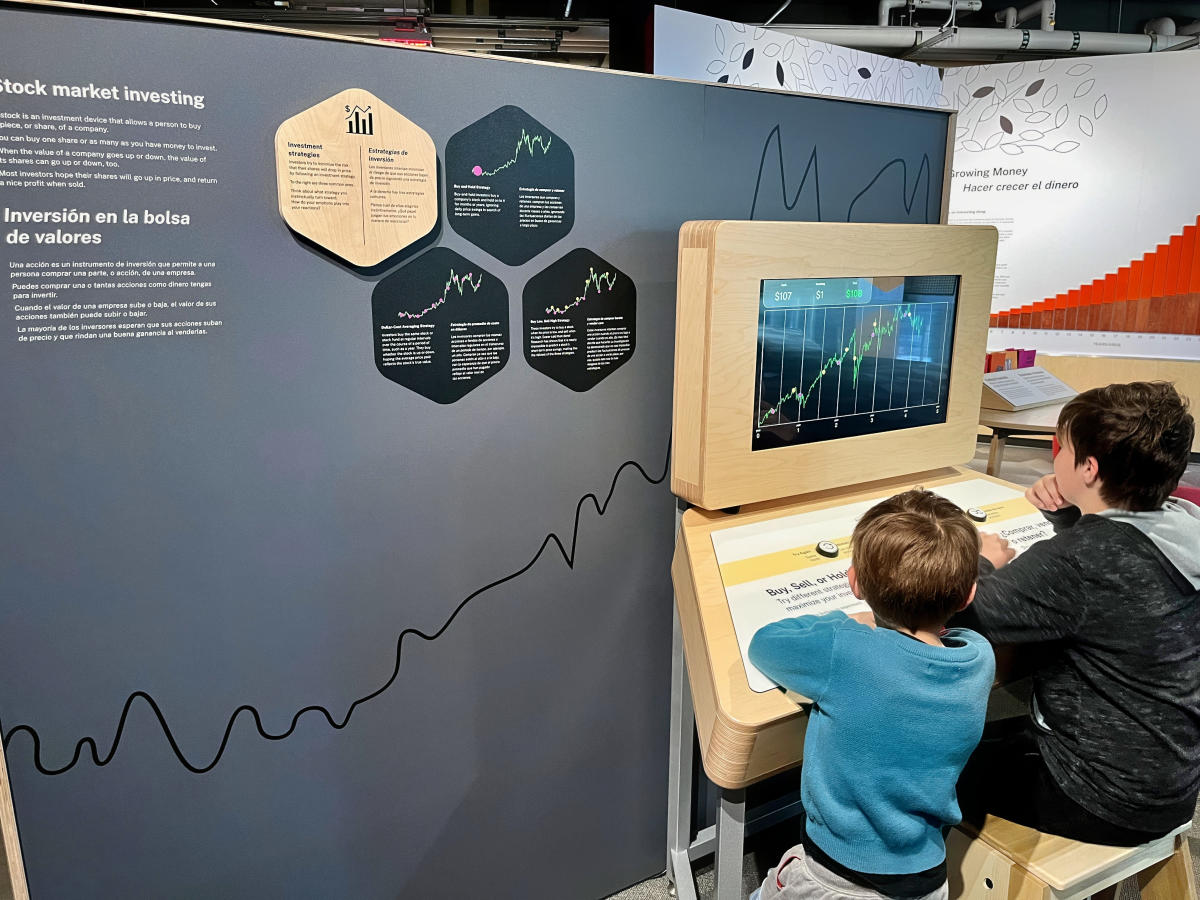 On opening day, my husband, two sons and I jumped into the hands-on activities, watching ice crystals form under a magnifying glass, witnessing how a ringing bell goes silent without oxygen and experiencing the beauty of iridescence (and science!) in a truck-sized soap bubble sheet. We played with our shadows, crept across a pebbled path measuring how quietly we could walk (not very), digitally tried on clothes from other eras, peeked at our blood vessels with a special light, helped other guests build an arch out of foam blocks and solved electrical wiring puzzles. Oh, and we made a robot dance with the help of spinning mirrors.
On opening day, my husband, two sons and I jumped into the hands-on activities, watching ice crystals form under a magnifying glass, witnessing how a ringing bell goes silent without oxygen and experiencing the beauty of iridescence (and science!) in a truck-sized soap bubble sheet. We played with our shadows, crept across a pebbled path measuring how quietly we could walk (not very), digitally tried on clothes from other eras, peeked at our blood vessels with a special light, helped other guests build an arch out of foam blocks and solved electrical wiring puzzles. Oh, and we made a robot dance with the help of spinning mirrors.
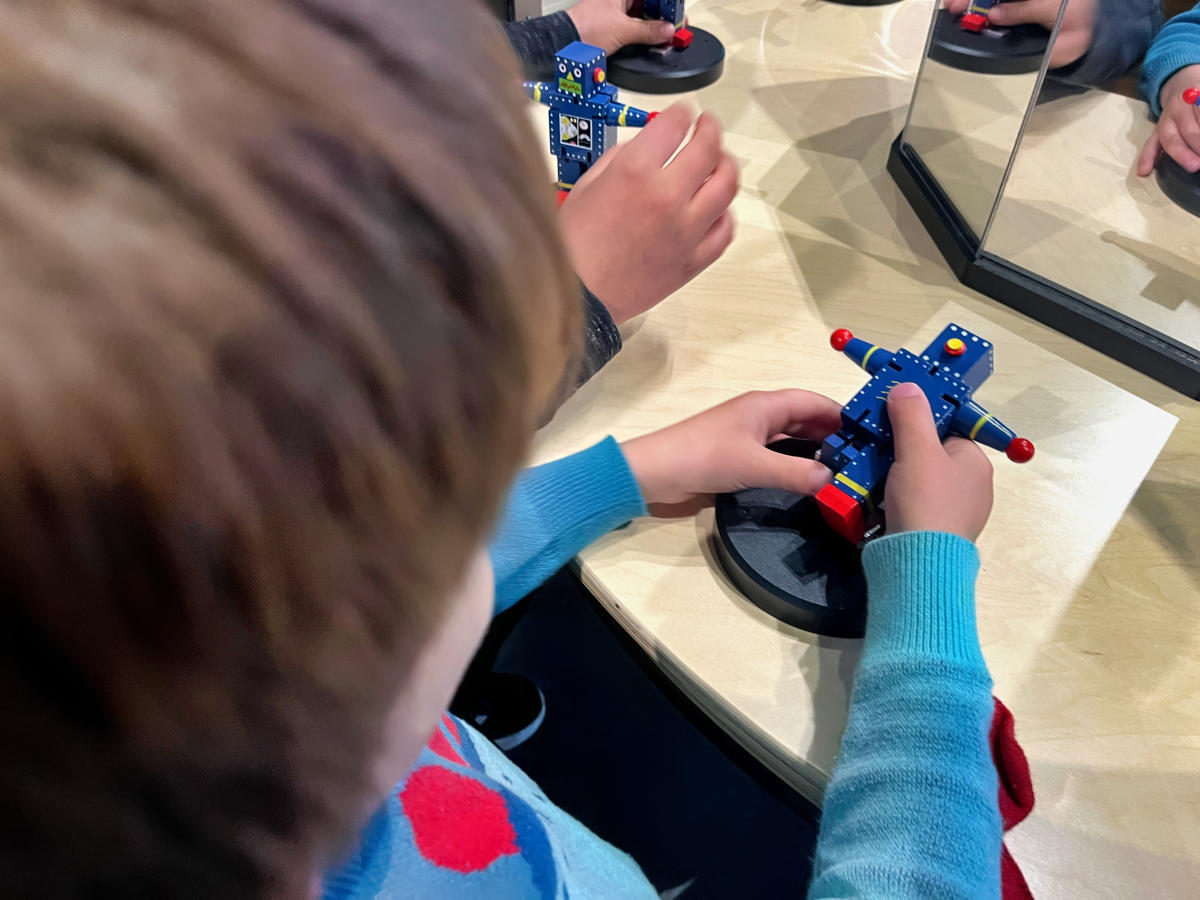 My 10-year-old son’s favorite attraction was an area where you could build a Rube Goldberg machine – putting many simple steps together to create a chain reaction to perform a simple task. For example, this ball travels this tunnel, hits these blocks that then push that lever, etc.
My 10-year-old son’s favorite attraction was an area where you could build a Rube Goldberg machine – putting many simple steps together to create a chain reaction to perform a simple task. For example, this ball travels this tunnel, hits these blocks that then push that lever, etc.
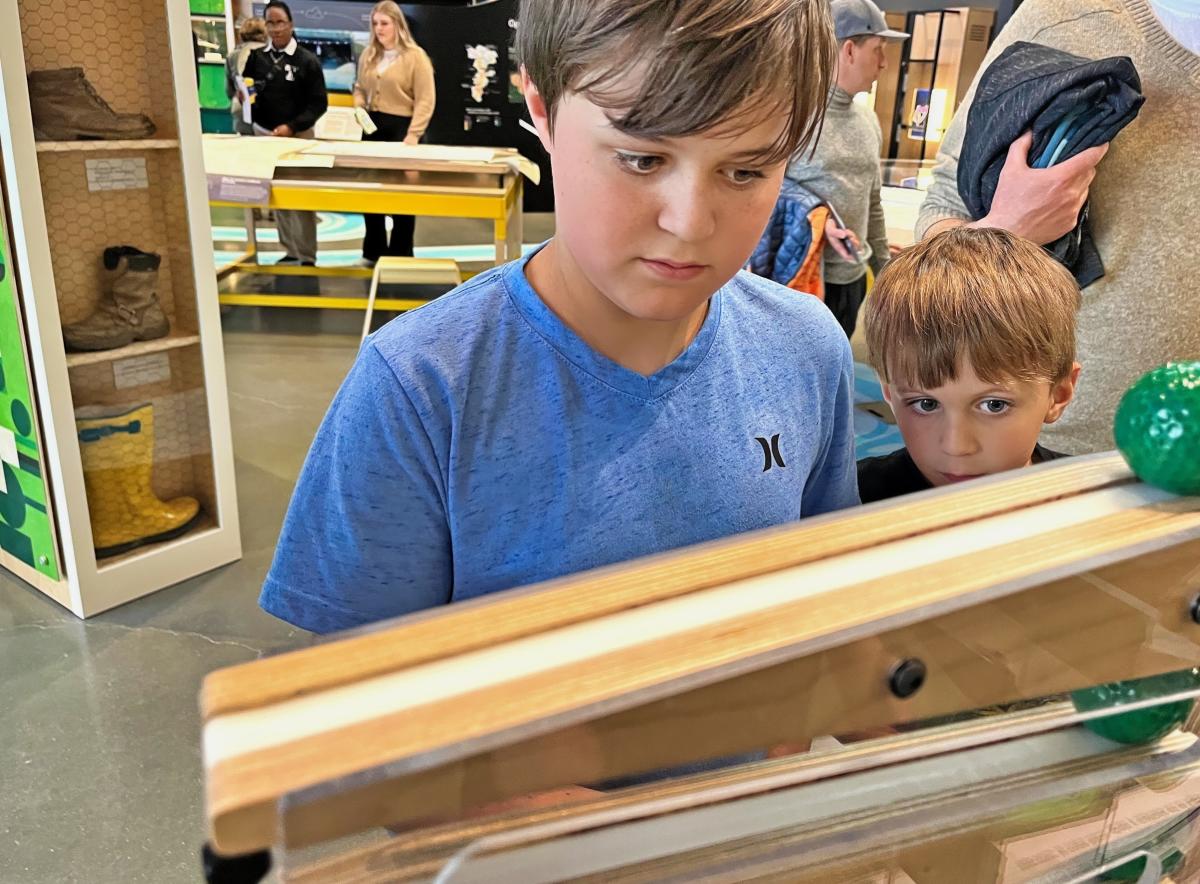 My 5-year-old was most impressed with the live dissection of a cow eyeball (various scientific demonstrations take place on both levels throughout the day) and a wall of different gears he could turn – including a Geneva wheel, inside gear, worm gear, and bevel gear, among others.
My 5-year-old was most impressed with the live dissection of a cow eyeball (various scientific demonstrations take place on both levels throughout the day) and a wall of different gears he could turn – including a Geneva wheel, inside gear, worm gear, and bevel gear, among others.
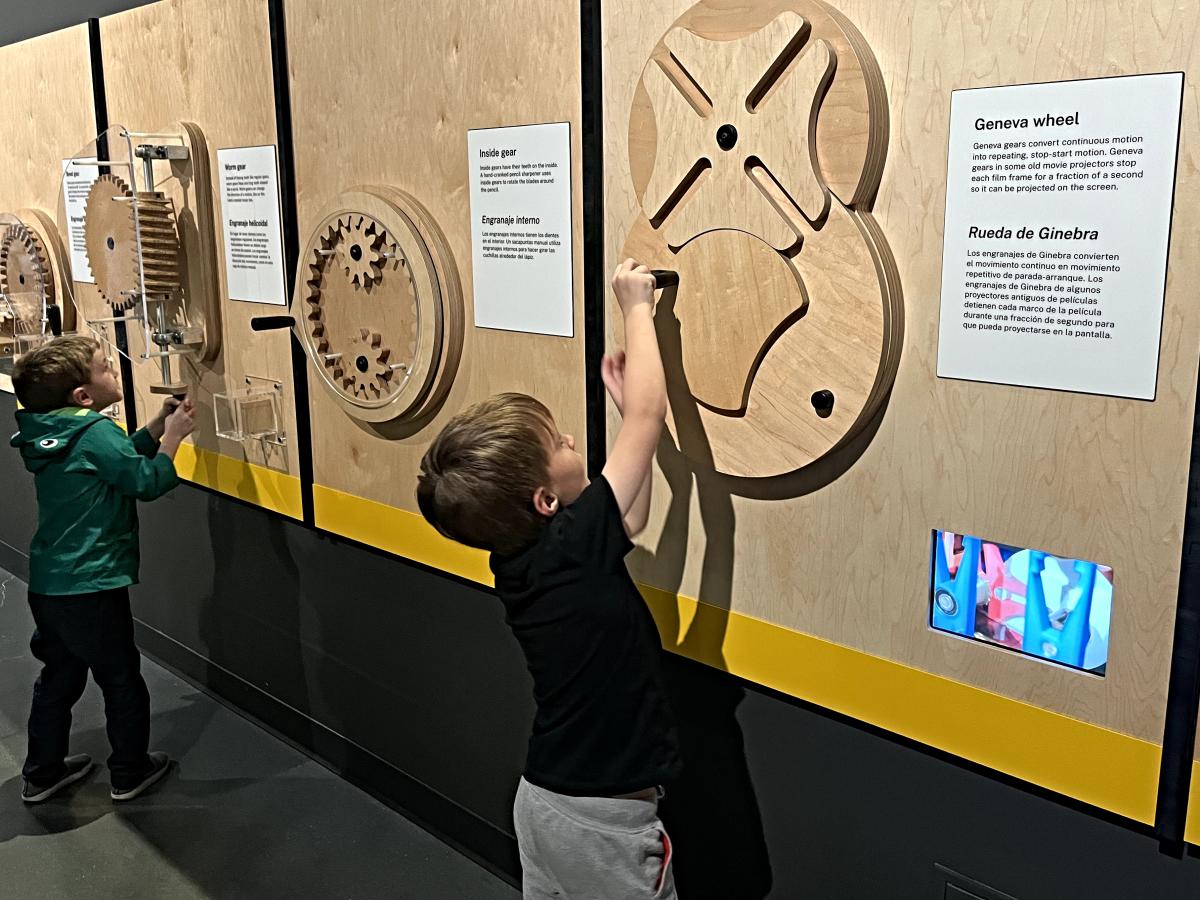 Both kids could’ve spent hours at the Geometry Playground, climbing huge colorful shapes that worked out their bodies and vocabularies.
Both kids could’ve spent hours at the Geometry Playground, climbing huge colorful shapes that worked out their bodies and vocabularies.
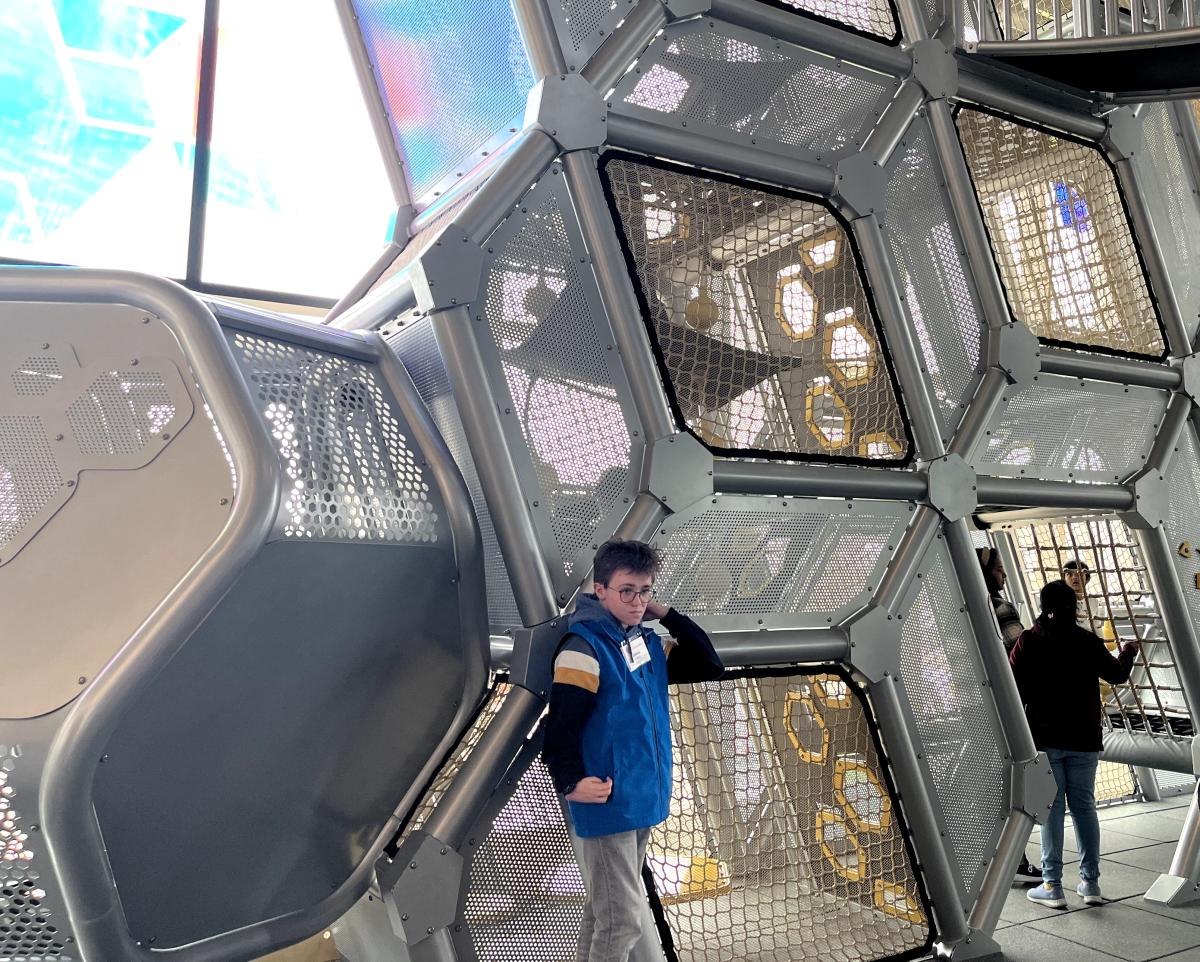
From both levels, the Luminarium has beautiful views of the river – including from the sophisticated on-site cafe, Fig. – and uses its geography as a jumping-off point to teach about bodies of water and the environment. Building mounds of sand on an expansive water table equipped with a current, children test how a river shapes and is shaped by its environment.
 These sensory experiences thrilled my family – and all the visitors we witnessed, from young children to older folks. To explore through touching, smelling, feeling, hearing and seeing transcends the visit from a purely intellectual experience – though it provides much to puzzle and ponder – into an emotional one that reveals our shared humanity. We were delighted at the diverse sounds different xylophones make. We felt disgusted when we sniffed a pig pheromone to see if we had the gene to detect the odor (sadly, yes). And as we smoothed our hands over art woven with thread, buttons, felt and mesh, we felt calm and connected to the creators who’d come before us.
These sensory experiences thrilled my family – and all the visitors we witnessed, from young children to older folks. To explore through touching, smelling, feeling, hearing and seeing transcends the visit from a purely intellectual experience – though it provides much to puzzle and ponder – into an emotional one that reveals our shared humanity. We were delighted at the diverse sounds different xylophones make. We felt disgusted when we sniffed a pig pheromone to see if we had the gene to detect the odor (sadly, yes). And as we smoothed our hands over art woven with thread, buttons, felt and mesh, we felt calm and connected to the creators who’d come before us.
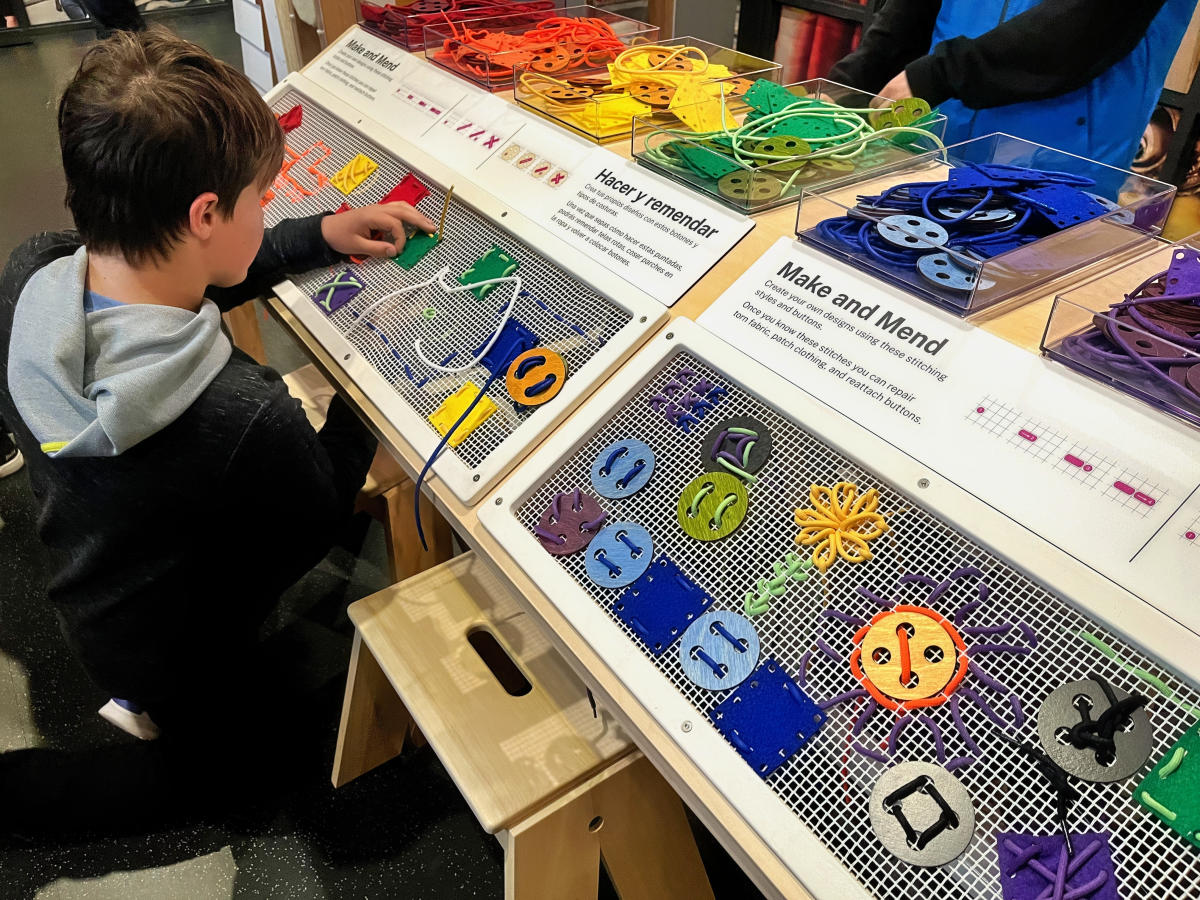
When my husband and I piled our kids in the car three-plus hours later, they chattered excitedly the entire drive home. But instead of talking about the solutions and answers they’d discovered, they spoke about all the questions they still had. Kiewit Luminarium sparked their curiosity and made them yearn for more exploration.
One question was more urgent than the rest: “When can we go back?”
To learn more about Kiewit Luminarium and other great Omaha attractions, go to VisitOmaha.com.

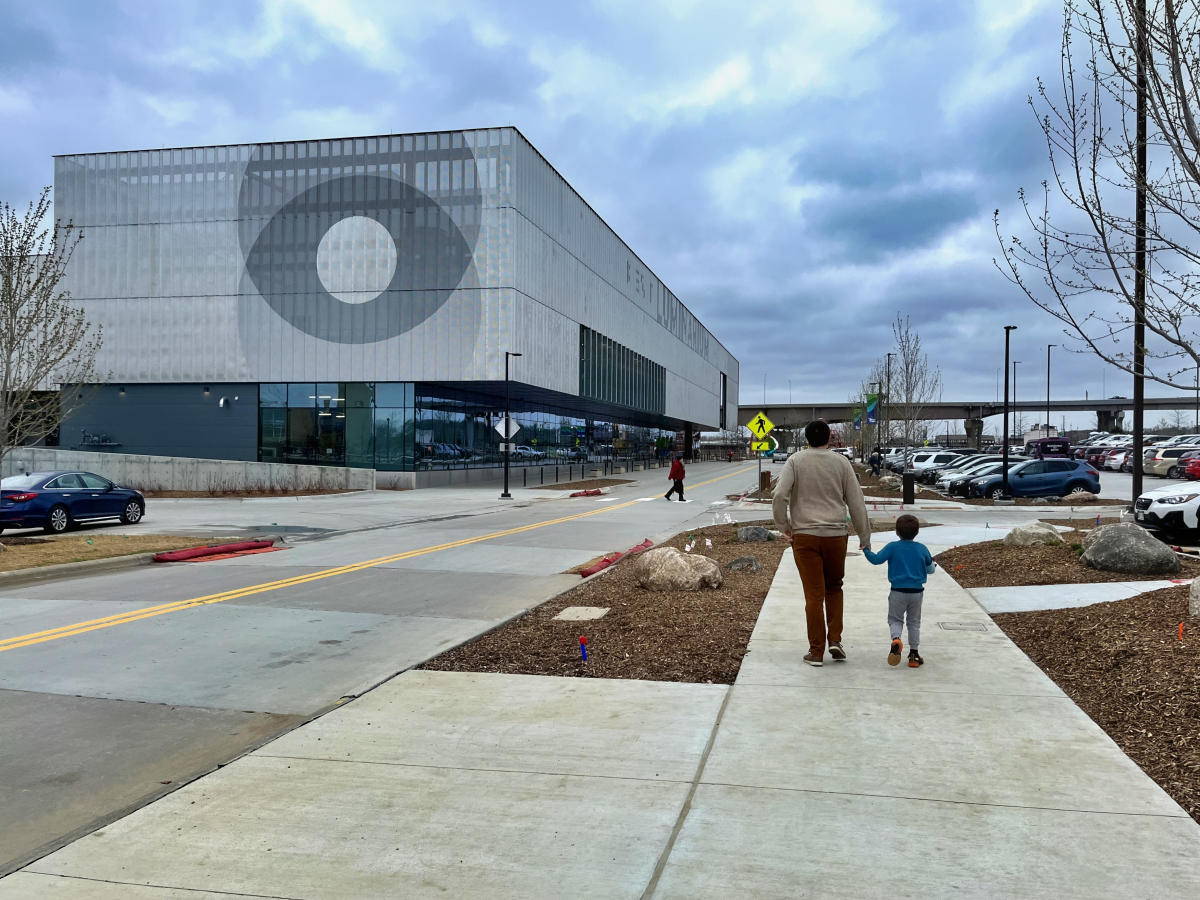
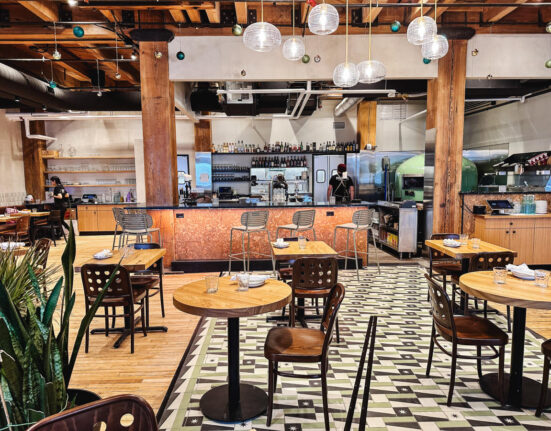
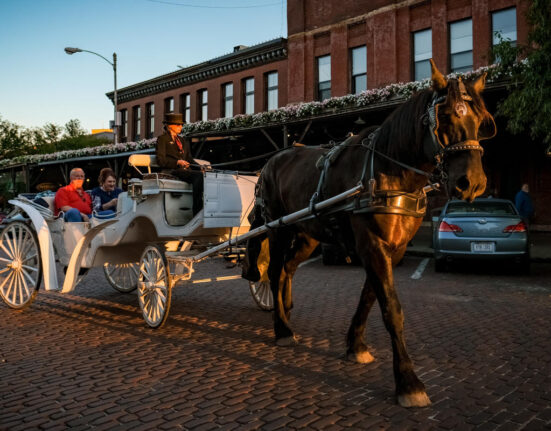

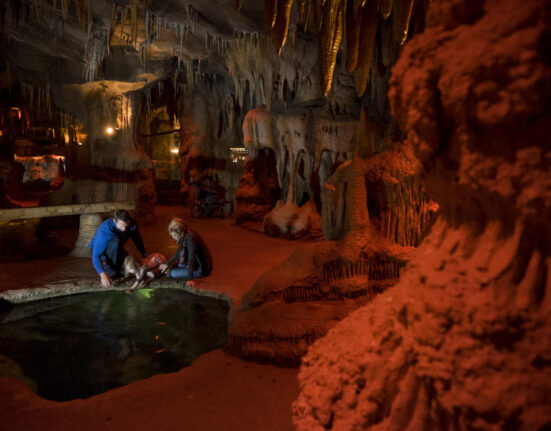
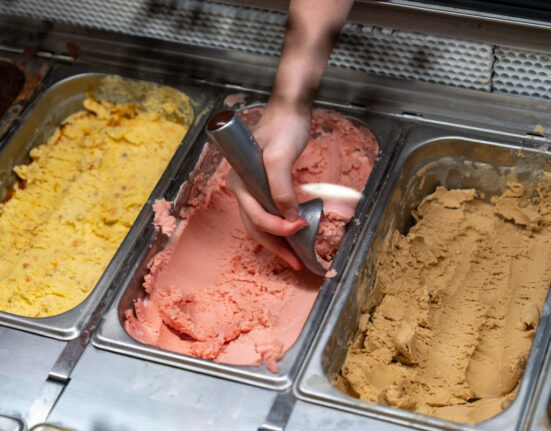
Leave feedback about this